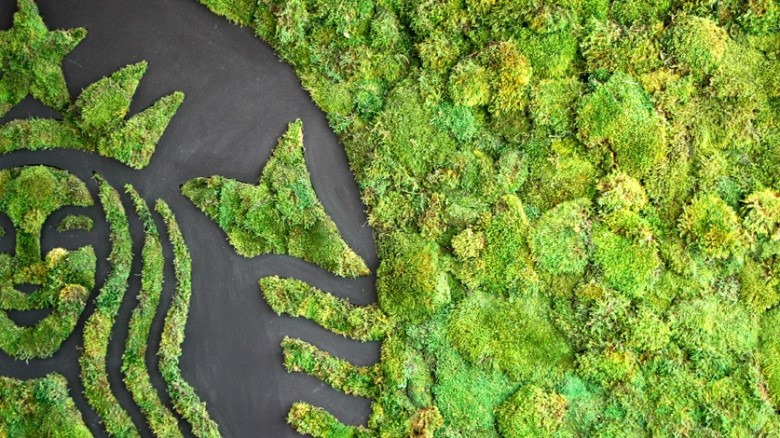
CSR Thursdays is a student-authored blog post series in which we share information about the corporate social responsibility (CSR) efforts underway by the many and diverse suppliers and vendors of the UW. Look no further to start gaining an understanding on what businesses that provide products often purchased by students, faculty, and staff are doing to promote environmental sustainability!
This week's company: Starbucks
On campus there are 22 cafes, and all of them proudly serve Starbucks brand coffee. Whether you are getting your morning fix, or the shot of expresso before a big exam you stayed up studying for all night, chances are you have visited one of these locations.
While enjoying your warm or cold beverage, have you wondered what Starbucks is doing to make sure its business is environmentally and socially friendly?
As a company who relies on a plethora of commercial stores, they have a lot of buildings to manage. By 2015 Starbucks had more than 800 LEED-certified stores in 19 countries. To achieve these certifications, some of the practices used were the use of recycled coffee grounds in table tops; low emitting materials for adhesives, sealants, paints, coatings and flooring; over 10% of materials extracted within 500 miles; and over 45% lighting power savings through the use of efficient LED fixtures. Additionally, their roasting plant and distribution center in York, Pennsylvania, was certified as 100% Landfill Diversion by Underwriters Laboratories.
In 2008, Starbucks also set many goals to reduce their impact by 2015. One goal they set was to reduce water consumption by 25% in company-operated stores by 2015. By the end of 2015 they were able to exceed their goal and reduced water use by 26.5%. This was achieved through retrofits to plumbing and water system enhancements in newly built stores. Starbucks is also committed to building a future with farmers to achieve 100% ethically sourced coffee. In 2015, 99% (500+million pounds) of their coffee met this standard. Another goal was to invest in farmers and their communities by increasing farmer loans to $20 million by 2015. Starbucks also surpassed this goal increasing investments in farmers and their local communities to 21.3 million.
These are just some examples of their goals. If you wish to find out more, visit their webpage at http://www.starbucks.com/responsibility/global-report
Disclaimer: reference herein and appearance of external hyperlinks to any specific company, commercial products, process, or service by trade name, trademark, manufacturer, or otherwise are provided for information purposes only and does not constitute or imply its endorsement, recommendation, or favoring by the University of Washington.